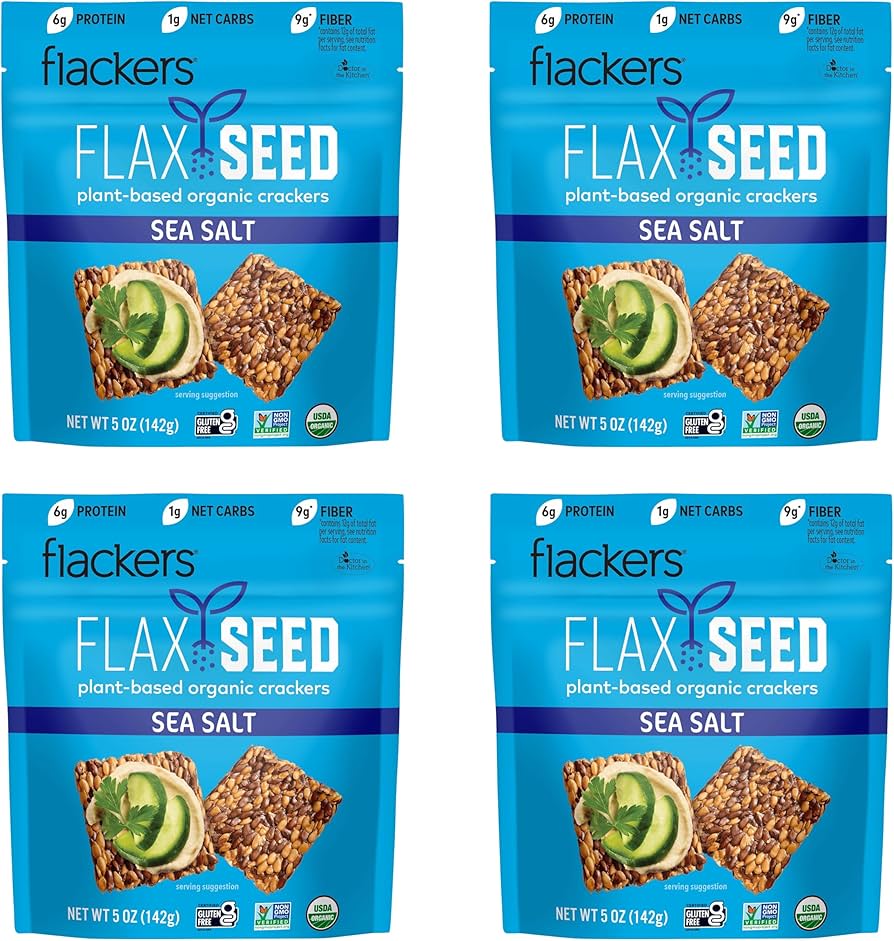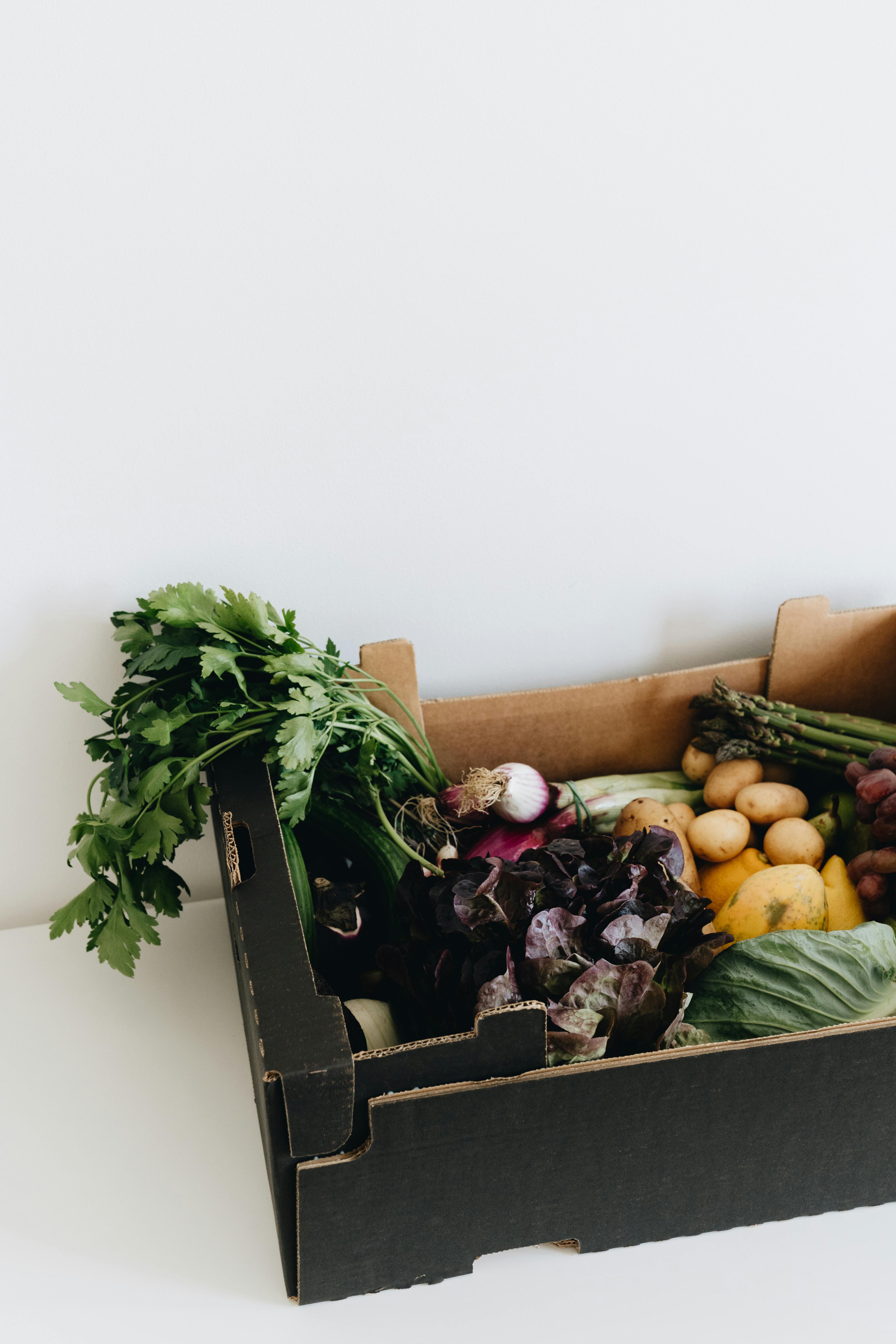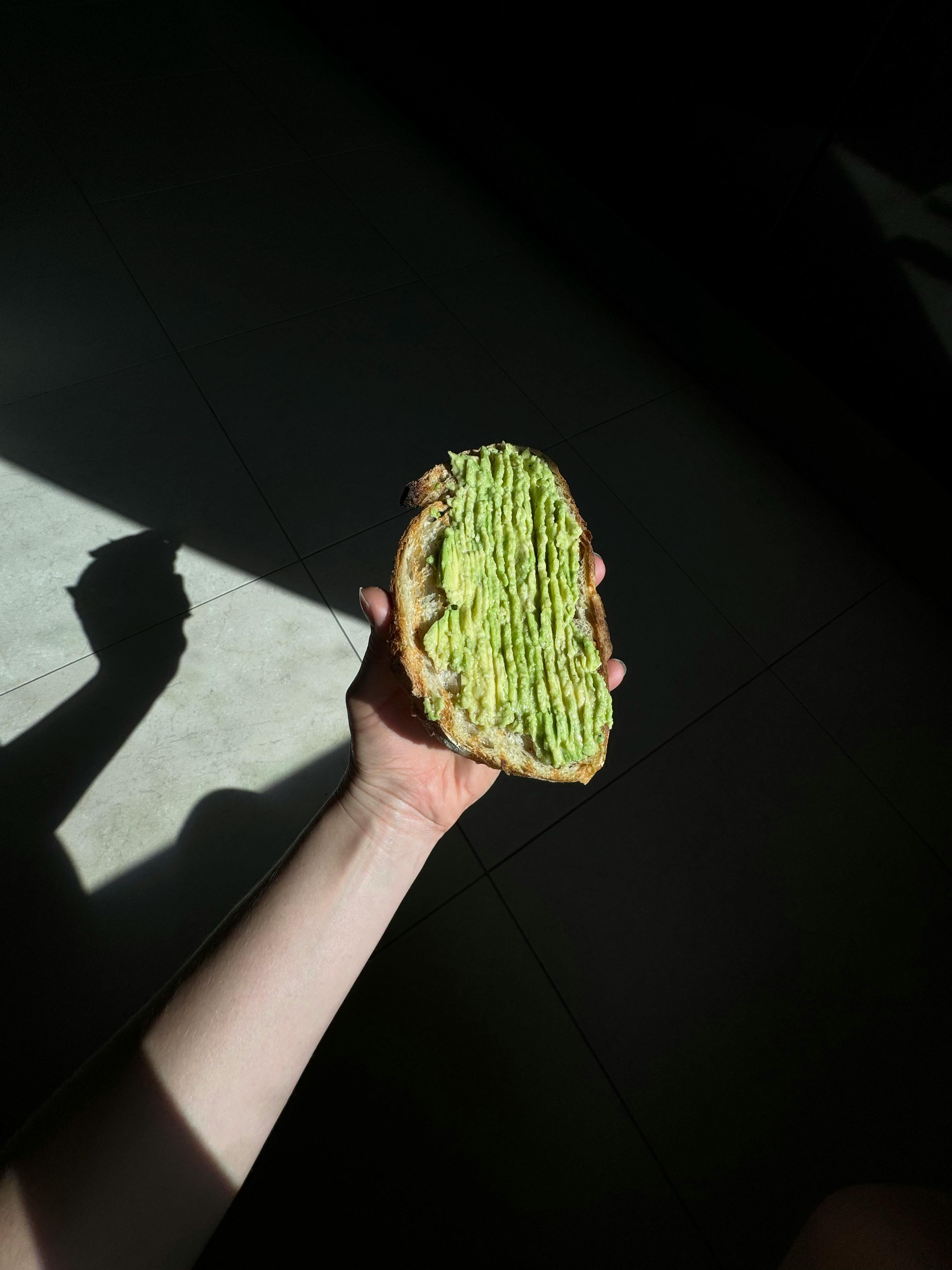Understanding Brown Rice on the Keto Diet
Brown rice is often revered for its health benefits and is a staple in many diets. However, when it comes to the ketogenic (keto) diet, its role may become a topic of debate. The keto diet is renowned for its low-carb intake, prompting many to question, "Is brown rice keto?" In 2025, understanding the place of brown rice within this high-fat, low-carb lifestyle is essential. Brown rice contains significantly more carbs than typical keto-approved foods, making it essential to explore the entire spectrum of low-carb rice alternatives. Whether you’re a seasoned keto dieter or contemplating jumping onto the keto bandwagon, the health benefits of brown rice, including its nutritional value and glycemic index, are fundamental to grasp. This practical guide will investigate the carbohydrate content of brown rice, how it compares to white rice, and effective substitutes to integrate into your keto meal plan. With a roadmap highlighting the health benefits, preparation tips, and recipes tailored for keto, this article aims to equip you with the knowledge necessary for navigating the complexities of the ketogenic lifestyle.Brown Rice Carbohydrate Content Explained
Understanding the carb content of brown rice is critical for those on a keto diet. With approximately 45 grams of carbohydrates per cup when cooked, brown rice is considered high in carbs compared to the restrictions of a ketogenic diet, where daily carb intake should generally be around 20-50 grams. Building on this foundational knowledge, let’s dive deeper into the nutritional aspects, starting with the carbohydrate types present in brown rice. Brown rice primarily consists of complex carbohydrates, providing steady energy without the spikes associated with simple carbohydrates. This characteristic places it in a favorable light compared to white rice, which has a higher glycemic index, leading to quick blood sugar spikes. While brown rice does offer more nutritional value, including fiber, vitamins, and minerals, understanding its portion size is essential for those adhering to keto meal plans. A common mistake is overestimating serving sizes, leading to unintended carb overload.Understanding the Glycemic Index of Brown Rice
The glycemic index (GI) measures how food affects blood sugar levels, an essential consideration for both diabetics and keto dieters. Brown rice typically has a medium GI score, around 50-55, meaning it causes a moderate rise in blood sugar. For individuals managing sugar levels, brown rice may not be the most suitable grain. On the other hand, the fiber content, which aids in digestion and helps maintain stable blood sugar levels, can also have a positive impact. If you choose to include brown rice in your diet, monitoring your body's response is vital. To help manage your carb intake, alternatives like cauliflower rice or zoodles (zucchini noodles) can serve as excellent low-carb substitutes, offering similar textures and absorbing flavors well.Brown Rice vs. White Rice on Keto
When comparing brown rice to white rice, the differences extend beyond color and cooking time. Brown rice is a whole grain, preserving its nutrient-rich bran and germ, while white rice has been polished and stripped of these vital components, resulting in lower fiber and nutrient content. The health benefits of brown rice, such as improved digestion and lower cholesterol levels, make it an appealing option—but not necessarily on a keto diet. This raises the question: is brown rice allowed on keto? Although it may not be ideal for maintaining ketosis, it can still fit into a diet if consumed mindfully and in moderation. Additionally, weighing the health risks of brown rice for overly sensitive individuals or those with specific dietary restrictions compared to a strict keto regimen is essential. Monitoring portion sizes, glycemic load, and overall meal composition is vital to maintain desired health goals.Low-Carb Rice Alternatives for Keto Dieters
This naturally leads us to exploring more suitable alternatives for those on a ketogenic journey. Many keto dieters find success by integrating low-carb rice alternatives that offer similar textures and flavors. Here are some alternatives that make excellent substitutes for brown rice:Cauliflower Rice: The Leading Low-Carb Substitute
Cauliflower rice is arguably the most popular low-carb rice alternative. This versatile vegetable acts as a blank canvas, easily absorbing flavors and spices, making it ideal for various recipes. With only 5 grams of carbs per cup, cauliflower rice aligns perfectly with keto principles while offering abundant nutrients and fiber. To prepare cauliflower rice, simply grate fresh cauliflower florets or pulse them in a food processor until they resemble grains. You can then sauté it in a bit of olive oil, integrating it into stir-fries, grain bowls, or as a side dish.Broccoli Rice: A Nutrient-Packed Alternative
Broccoli rice shares a similar preparation method and carb count as cauliflower. It is rich in vitamin C, vitamin K, and fiber, and offers digestive health benefits as well. Like cauliflower rice, broccoli can be processed into rice-like grains and sautéed for a delightful texture. Consider making a colorful grain bowl with broccoli rice, mixed veggies, and high-quality proteins for a nutrient-dense meal option.Zucchini Noodles (Zoodles): A Creative Spin
Zoodles, or spiralized zucchini, provide a satisfying alternative to traditional rice dishes. They are low in calories and high in hydration, making them ideal for those focusing on a low-carb keto diet. To enjoy zoodles, simply spiralize zucchini using a spiralizer. Lightly sauté them in olive oil for a quick and easy meal, topped with low-carb sauces or proteins to create a nutritious dish.Health Benefits of Brown Rice
While brown rice may not be the best fit for a strict keto diet due to its carb content, it does offer several health benefits worth noting. For those exploring the nuances of dietary choices, understanding these benefits may help navigate meal prepping and selection strategies.Nutritional Value and Fiber Content
Brown rice's nutritional profile is rich in vitamins and minerals, including magnesium, phosphorus, and selenium. The fiber content, nearly double that of white rice, supports digestive health and aids in achieving satiety—crucial for weight management. Incorporating high-fiber foods for keto is essential for optimal gut health. Even for keto dieters, balancing macro intake can aid in preventing constipation or digestive discomfort.Anti-Inflammatory Benefits
Brown rice possesses anti-inflammatory properties, contributing to overall health and potentially mitigating the development of chronic diseases. Moreover, the antioxidants found in brown rice can help protect cells from damage. For individuals interested in the anti-inflammatory benefits, consider adding small servings of brown rice occasionally while prioritizing standard keto staples to ensure balanced intake.Heart Health Considerations
Integrating whole grains like brown rice into your diet can benefit heart health. Studies have shown that whole grains can lower the risk of developing cardiovascular diseases due to their fiber and antioxidant contents. If you’re following a keto diet but want to support heart health, consider integrating small portions of brown rice while targeting healthy fat intake to maintain a well-rounded approach to your meals.Practical Tips and Cooking Methods for Brown Rice
Cooking brown rice may differ from shortening the time it takes to prepare white rice. Here are some key methods and tips to maximize its quality and nutritional value when you choose to include it in your diet.Cooking Techniques for Brown Rice
When preparing brown rice, it’s advisable to rinse it before cooking to remove surface starch and prevent clumping. The absorption method is particularly effective, where you use the ratio of 2.5 cups of water for every cup of brown rice. Bring the water to a boil, then reduce heat and simmer until tender. Experiment with various cooking techniques like pilaf, steaming, or even adding spices during cooking to enhance flavors. Explore grain bowls or stir-fry dishes to play around with textures!Understanding Portion Sizes
A common pitfall in using brown rice on a keto diet is misjudging portion sizes. Aim to keep the serving size to approximately half a cup cooked to manage carbohydrate intake effectively. By balancing your meals with high-quality proteins and healthy fats, your overall meal remains in keto-friendly territory. Tracking food intake can help maintain balance and ensure you’re managing carbs effectively. Consider using meal prep ideas to keep ready-to-eat portions of brown rice proportioned with appropriate nutrients.Utilizing Brown Rice in Meal Prep
Successful meal planning can include healthy grains while satisfying your macro counts. Cook and freeze small portions of brown rice ahead of time, incorporating it into other dishes while still monitoring carb consumption. This approach not only saves time during the week but allows you to blend flavors with keto-friendly toppings and sides. Consider customizing your rice bowls with protein-rich options like chicken, fish, or tempeh alongside green vegetables to boost nutrient intake.Brown Rice Recipes for Keto Enthusiasts
For those open to incorporating brown rice into their meal plans, here's a collection of delicious and low-carb recipes that pair well with typical keto foods while allowing room for variety.Recipe: Brown Rice Stir-Fry with Vegetables
Incorporate brown rice into a vibrant stir-fry. Sauté assorted vegetables like bell peppers, broccoli, and carrots in olive oil and toss in cooked brown rice. Add a splash of low-sodium soy sauce or coconut aminos for flavor. A protein source such as chicken or tofu can enhance the nutrient profile while keeping carbs in check.Recipe: Spicy Brown Rice and Bean Bowl
Combine cooked brown rice with black beans, diced tomatoes, and avocado for a nutritious bowl loaded with fiber and heart-healthy fats. Spice it up with cumin and cilantro for an extra flavor boost. To keep this recipe low-carb, consider reducing the portion of brown rice and complementing it with plenty of veggies.Recipe: Brown Rice Salad with Lemon Dressing
Whip up a refreshing salad with chilled brown rice, cherry tomatoes, cucumber, and parsley, drizzled with a lemon vinaigrette. This dish is packed with nutrients and perfect for a light lunch. By incorporating healthy fats and more vegetables, you can balance the carb content and make it work within a keto meal plan.Q&A: Brown Rice and the Keto Diet
1. **Can I eat brown rice on keto?** While brown rice has health benefits, its high carbohydrate content makes it less suitable for strict keto adherents. You can occasionally incorporate small portions while being mindful of your overall carb limits. 2. **What are the best low-carb alternatives to brown rice?** Cauliflower rice, broccoli rice, and zoodles are excellent, low-carb substitutes that maintain a pleasant texture in meals. 3. **How can I manage my sugar levels with brown rice?** Monitor portion sizes and combine brown rice with high-quality proteins and healthy fats to stabilize blood sugar levels. 4. **What are some high-fiber foods for keto?** Include fibrous options like avocados, chia seeds, organic greens, and low-carb vegetables to support your digestive health. 5. **Are there any health risks associated with brown rice?** Brown rice contains antinutrients and may contain higher levels of arsenic than white rice. It’s advisable to vary your grains and be cautious about portion sizes.Conclusion: Balancing the Approach to Brown Rice on Keto
In conclusion, while brown rice may pose challenges and isn’t the most keto-friendly food, understanding its nutritional profile offers valuable insights into balancing your diet. The benefits of brown rice can be emphasized when combined mindfully with low-carb alternatives that align with the principles of a ketogenic lifestyle. Prioritizing meal prep, exploring recipes, and integrating healthier cooking techniques can enhance your ketogenic journey while still enjoying the versatility of grains like brown rice in moderation.

